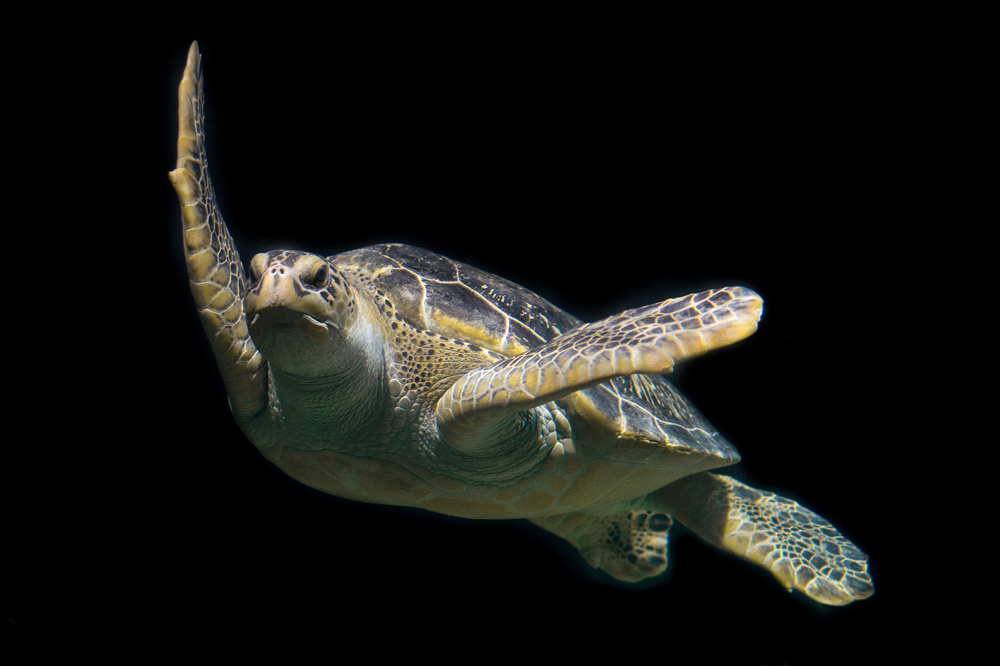Story
Green turtles snack on plastics that look like seagrass
14 August 2019
Green turtles are more likely to swallow plastic that resembles their natural diet of sea grass, new research, supported by PML, suggests.

The turtles strongly favour narrow lengths of plastic in natural colours like green and black, rather than debris of other shapes and colours, the study found.
Scientists from the University of Exeter and the Society for the Protection of Turtles (Cyprus) examined the guts of turtles found washed up on beaches in Cyprus in the study, funded by the Sea Life Trust, National Geographic and the European Union.
Plastic was found in all turtles whose full gastrointestinal tract could be examined, with one found to contain 183 pieces.
The study could not determine what, if any, role the plastic had in the turtles’ deaths. Most had likely died as a result of interaction with fishing nets.
“Previous research has suggested leatherback turtles eat plastic that resembles their jellyfish prey, and we wanted to know whether a similar thing might be happening with green turtles,” said Dr Emily Duncan, of the University of Exeter.
“Sea turtles are primarily visual predators – able to choose foods by size and shape – and in this study we found strong evidence that green turtles favour plastic of certain sizes, shapes and colours.
“Compared to a baseline of plastic debris on beaches, the plastic we found in these turtles suggests they favour threads and sheets that are black, clear or green.
“The sources of this plastic might include things like black bin bags, and fragments from items such as fishing rope and carrier bags.”
The study found smaller turtles tended to contain more plastic, possibly because they are less experienced (and therefore more likely to eat the wrong food) or because diet choices change with age and size. Of the 34 turtles examined, the scientists were able to examine the full gastrointestinal tracts of 19. All of these turtles contained plastic, with the number of pieces ranging from three to 183.
Dr Pennie Lindeque, PML Molecular Ecologist and an author on the paper, said, “Our previous work on the ingestion of microplastic from a range of marine organisms from zooplankton to whales has helped influence policy, such as the ban of microbeads in wash-off cosmetics. Our hope is that by better understanding what particular plastic waste impacts on different animals and ecosystems we can help to guide prevention and mitigation strategies”